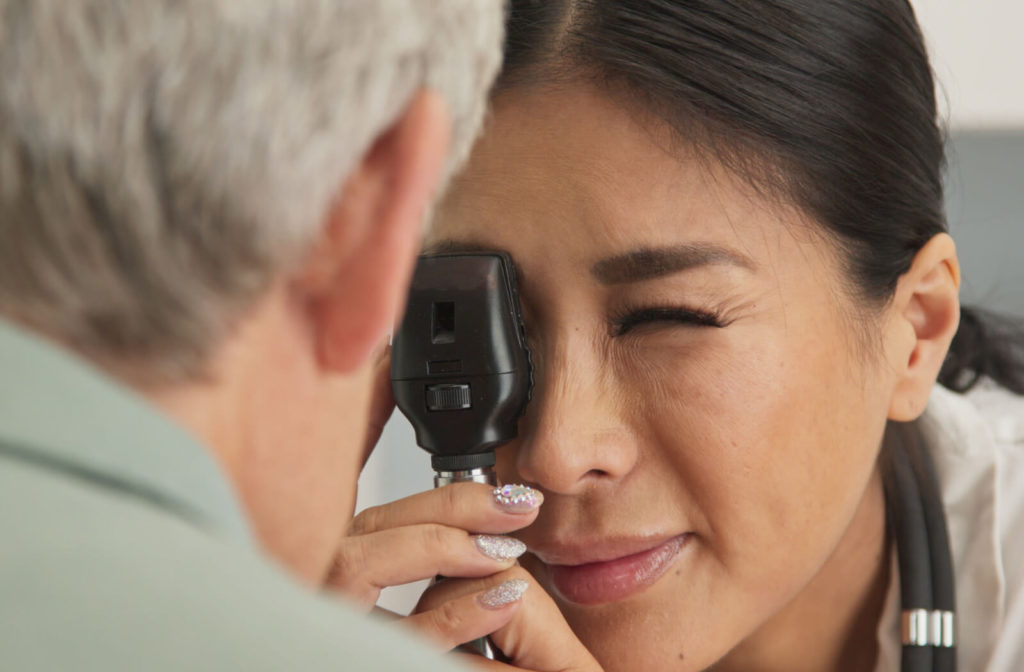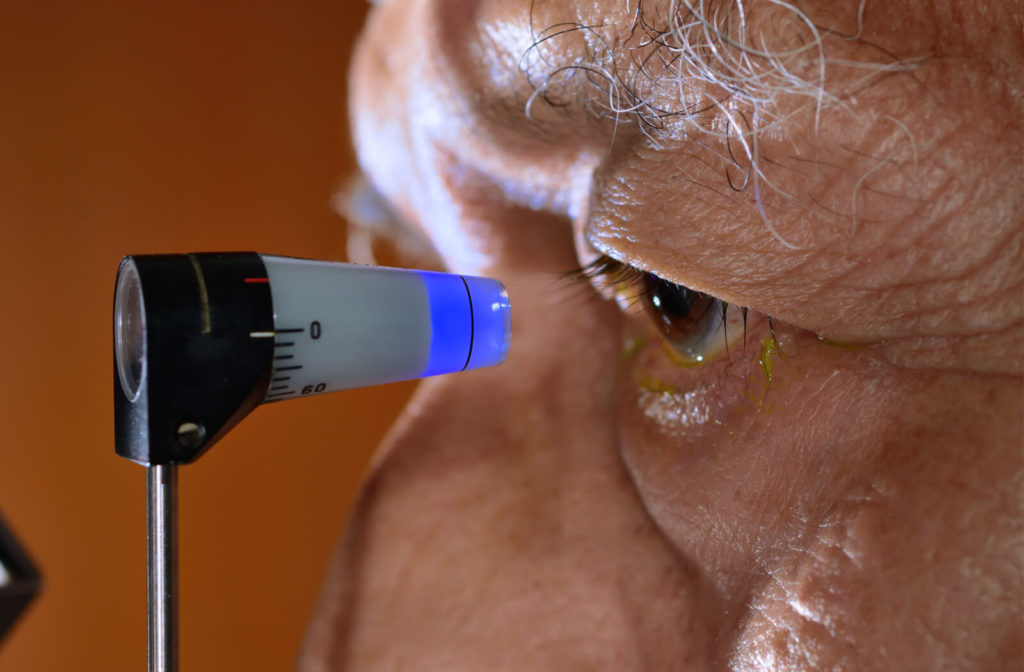As one of the leading causes of vision loss in adults, glaucoma is on the minds of those aging or with other risk factors. If you’re concerned about glaucoma, your optometrist is the professional to visit. Optometrists are equipped to diagnose glaucoma with a series of tests during your detailed eye exam.
While there are various types of glaucoma, they all involve damage to the optic nerve. If your optometrist assesses your vision and optic nerve, determining that you may have glaucoma, at Total Vision Solana Beach, we can help you manage the condition, treat its progression, and monitor your eye health.
What Is Glaucoma?
Glaucoma is a group of eye conditions that damage the optic nerve, which is essential for clear vision because it’s the primary link from your eyes to your brain. When your optic nerve registers stimuli, it sends a message to your brain, identifying what you see.
Over 3 million Americans are affected by glaucoma, and damage to the optic nerve can lead to a reduction in peripheral vision and vision loss.
There are up to several types of glaucoma, but the most common include:
- Open-angle glaucoma
- Angle-closure glaucoma
- Normal-tension glaucoma
Open-Angle Glaucoma
Of the 3 million people with glaucoma, about 2.7 million develop the most common type: open-angle glaucoma. It has nearly no early warning signs until gradual vision loss develops in the late stages.
This type of glaucoma is characterized by dysfunction in the eye’s drainage system. As the intraocular pressure (IOP) builds, it begins to painlessly impair the optic nerve.
Angle-Closure Glaucoma
When fluid flow is suddenly blocked, it can lead to angle-closure glaucoma: a rapid fluid buildup that can cause a sudden onset of serious symptoms. A dramatic rise in IOP needs emergency attention from your optometrist.
Acute symptoms of an angle-closure glaucoma attack can include:
- Severe eye pain
- Sudden blurry vision
- Headache
- Nausea or vomiting
- Light-induced halos in your vision
Normal-Tension Glaucoma
Normal-tension glaucoma is unlike other types because while the optic nerve is damaged, there is no increase in IOP, and it remains in the normal range. The cause of this type of glaucoma isn’t conclusive, but research points to factors such as poor blood flow or structural flaws in the optic nerve as potential triggers.
Those with normal-tension glaucoma tend to experience hemorrhages in the blood vessels of the optic nerve and are more likely to suffer from migraines and low blood pressure.
Risk Factors of Glaucoma
While anyone can develop glaucoma, certain people are more likely to develop the condition. Some contributing risk factors include:
- Age
- Family history
- Presence of refractive errors such as nearsightedness or farsightedness
- History of eye injuries or trauma
- Long-term steroid use
- Structural differences in the eye
- Diabetes, high blood pressure, migraines, or poor blood circulation
If you have a family history of glaucoma, talk to your optometrist about early testing. Your optometrist will take a complete medical history and account for your potential risk factors when conducting tests in your annual eye exam.

How Can Optometrists Diagnose Glaucoma?
Your optometrist can use several tests to determine whether or not a glaucoma diagnosis is appropriate.
Tonometry
A tonometry test can detect even small changes in your intraocular pressure. The Goldmann applanation tonometry test is the most common type and the benchmark for glaucoma testing. The test involves pressing a probe gently to the eye’s surface to assess how it reacts to the pressure.
A positive test result means that your IOP falls within the normal range between 12 to 20 mm Hg (millimeters of mercury), the unit to measure eye pressure. If a test has an IOP reading over 20 mm Hg, you may be developing glaucoma or pre-glaucoma.
Ophthalmoscopy
An ophthalmoscopy procedure allows your optometrist to examine the back of the eye, including the optic nerve, retina, choroid, and blood vessels. By dilating the pupils, your optometrist can assess the color and shape of the optic nerve to determine if it looks healthy.
If your intraocular pressure is elevated or the optic nerve looks abnormal, your optometrist may order additional tests to confirm a diagnosis.
Perimetry
Otherwise known as a visual field test, perimetry gauges your peripheral vision to help your optometrist determine whether glaucoma is affecting your eyes. You’ll likely need to perform this test several times to ensure accurate results.
If you’re diagnosed with glaucoma, this test may be performed once or twice a year in your eye exams.
Gonioscopy
A gonioscopy can help determine whether you’re exhibiting signs of open-angle glaucoma. The test measures the angle of where the cornea meets the iris and whether it’s open and wide (a sign of open-angle glaucoma) or narrow and closed (a sign of angle-closure or acute glaucoma).
Pachymetry
Pachymetry measures the thickness of the cornea, the transparent dome on the eye’s surface. Corneal thickness may affect IOP readings, so this test can further help your optometrist interpret and understand your IOP test results to begin a treatment plan that’s best for your eyes.
Schedule an Eye Exam
Prioritize your eye health and schedule an eye exam with the Total Vision Solana Beach team. We’ll test your vision and examine the health of your ocular structures to help prevent the onset of eye diseases.



